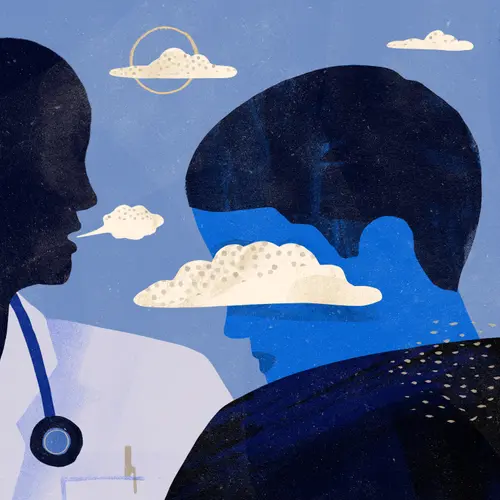Depression is draining. It can make any type of exertion -- going to the grocery store, cleaning up the yard, or exercising -- seem daunting.
"Energy loss is one of the key characteristics of depression. Some people feel that it’s the key characteristic of depression," says Robert E. Thayer, PhD, a psychology professor at California State University, Long Beach, an expert in managing mood, and the author of Calm Energy: How People Regulate Mood with Food and Exercise.
He points to exercise as one of the best ways for depressed people to lift their mood. "Exercise generates energy," Thayer says.
Here are Thayer's answers to questions about exercise and depression.
Can depressed people get into a vicious cycle if they feel stressed and overeat and don’t exercise and then become more depressed?
"Definitely. People self-regulate with food, and I think that’s one of the reasons for the obesity epidemic that’s occurring -- the combination of increased stress and depression going on for a long time and people needing to self-regulate, using food and other substances for doing that."
If depressed people begin to exercise instead, what happens physiologically?
"There’s a whole series of things that happen when we begin to exercise. As we get up and begin to move and exercise, there’s a general bodily arousal state that occurs. It includes many different systems of the body -- everything from metabolism to cardiovascular activation, various kinds of endocrine changes in the brain, various kinds of hormonal changes and shifts."
What happens psychologically when people start to exercise?
"It depends on the degree and level of exercise. With moderate exercise, [in our research] we’ve been working with short, brisk walks [of] five or 10 minutes. The primary mood effect in that situation is increased energy. Secondarily, sometimes -- but not always -- there’s a tension reduction."
"With more intense exercise -- for example, an hour of heavy aerobic exercise -- there is a reduction in energy and a reduction in tension. But oftentimes, after recovery [from the workout], there’s an energy resurgence that occurs."
Do depressed people have to exercise intensely to get a mood boost?
"No, it actually can occur fairly quickly. One of the things about our 'short, brisk walks’ studies really illustrates this point. People can think about ... how tired they’re feeling, then get up and begin to walk -- walking moderately, maybe quickly down the street for a short while. Immediately, they will begin to feel differently. As we’ve found with short, brisk walks of five to 10 to 15 minutes, there’s a significant increase in energy. They begin to feel it almost immediately."
"When people are seriously depressed -- with clinical depression, of course -- it may be not as efficacious as it would be for people in a normal state, but it still will have an effect."
If depressed people lack motivation to begin exercising, how do they get started?
"It’s a significant problem because when you’re depressed, you have no energy. When you think about exercising, you have no energy to try it. What I suggest is to start out very minimally, just getting up and walking a few steps or just down the street. Then as they begin to move a little bit, they start feeling differently, and they’re able to do some more."
Is the research strong enough to show a treatment effect? In other words, should doctors or therapists prescribe exercise for depression?
"Absolutely. I was giving a talk to clinical psychologists, and I mentioned that anyone dealing with a depressed person, an important thing they should do is put them on an exercise program. We often go toward various kinds of medications, but exercise is vital."
"Exercise should be part of a treatment plan for depression. The exclusive use of exercise for depression could be a problem for various reasons. But it should be part of an entire treatment plan."

